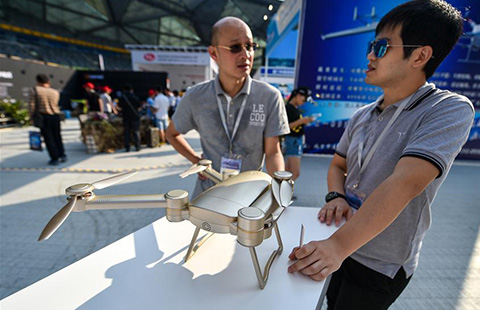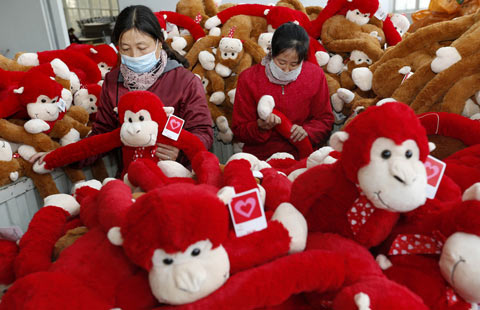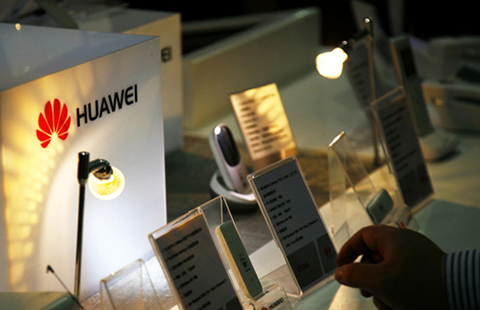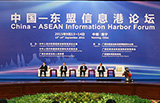Government to take hands-off approach
By Pan Zhongming (China Daily) Updated: 2015-11-19 07:52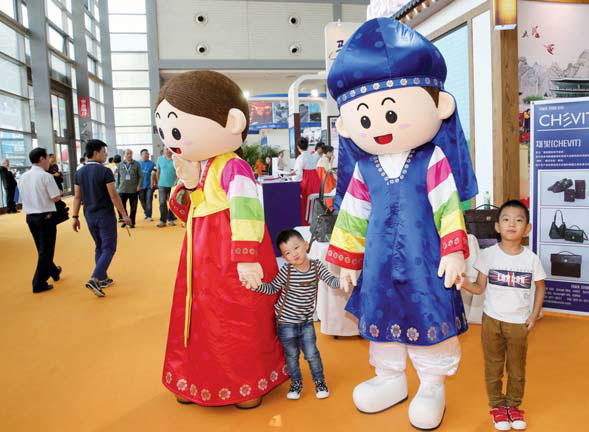 |
|
Cartoon figures pose with children at the 2015 China Xi'an Silk Road International Tourism Expo. [Photo provided to China Daily] |
As an important part of the modern service sector, the convention and exhibition industry combines production and consumption, said Chu Xiangyin, executive vice-chairman of the China Convention Exhibition Event Society.
It not only promotes the matching of supply and demand and smooths circulation, but also creates a strong driving force for regional and industrial development, Chu said.
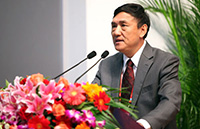 |
|
Chu Xiangyin, executive vice-chairman of the China Convention Exhibition Event Society. [Photo provided to China Daily] |
He said that 559 of the 8,009 exhibitions held last year in China were sponsored by the government.
"Although the proportion is small, the government-sponsored events have enormous social and market influence," said Chu.
The government-sponsored exhibitions include many big names, and many of them aim to strengthen economic and trade cooperation between China and neighboring countries and regions, or among China's provinces. They provide national platforms for Asian countries to consolidate economic cooperation, he said.
The annual number of the government-sponsored events will be reduced to about 200 in two years during the process of economic transformation, Chu said. "The government will gradually withdraw from the events in terms of its financial input."
"Some events will continue with more market operations in the public-private-partnership format," he said. "Some will directly turn into market operations by entrusting operators, while the rest will be run by professional exhibition companies in the next five years."
In March, the government issued the Vision and Actions on Jointly Building the Silk Road Economic Belt and 21st Century Maritime Silk Road, which shed light on the future of the convention and exhibition industry in China.
China's Belt and Road Initiative creates opportunities and provides direction for the development of the convention and exhibition industry, Chu said. "With Asia as the core, the geographic locations and the mechanisms of the expositions echo the requirements of the initiative."
As a result of the initiative, the Guangdong 21st Century Maritime Silk Road International Expo was launched this year and the China Xi'an Silk Road International Tourism Expo and the Silk Road (Dunhuang) International Culture Expo are due to be launched next year in line with the vision.
The initiative has elevated the status of some of these events, said Chu. "For instance, the China-Eurasia Expo is now a national platform for the western, southern and central Asian countries to display their technologies and products. The China-Northeast Asia Expo is a tie joining Russia, Mongolia, the Democratic People's Republic of Korea, the Republic of Korea and Japan with China."
However, the government is not standing against the market, Chu said.
"As a watchdog of the national economy, the government is able to manage the events through macro-measures. It can help the business by providing better facilities, issuing preferential policies in financing and taxation and cultivating the market for the events.
"It's not a question of running exhibitions, but a question of how to conduct de-administration and de-formalization and avoid extravagant events," he said.
- Trading of yuan-denominated ETFs debuts in Frankfurt
- Drones attract crowds at China Hi-tech Fair
- China's service outsourcing continues to grow
- China's financial industry receives less FDI in Q3
- China vows support for modernizing manufacturers
- Chinese airline's acquisition of Swissport approved by EU
- Chinese car-hailing app Didi part of $500m funding for Indian peer Ola
- Businesses cannot refuse new bank note
